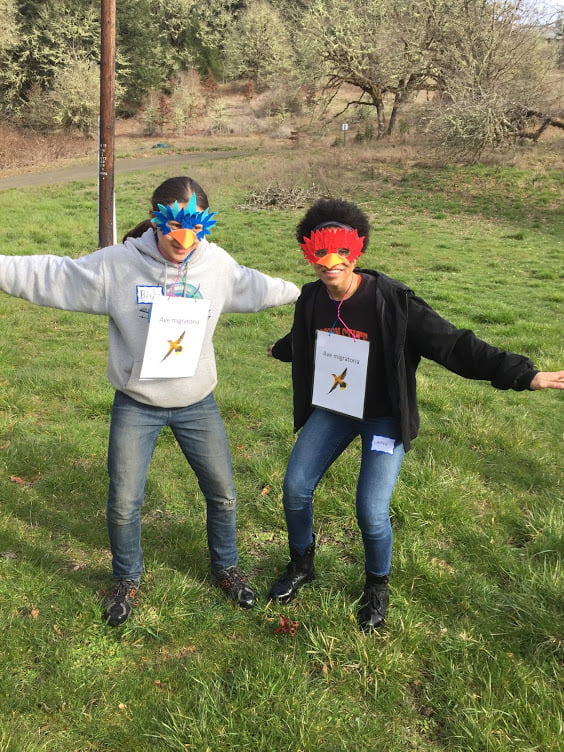
How to avoid cats if you’re a migrating bird, and other lessons from Classrooms Across Borders
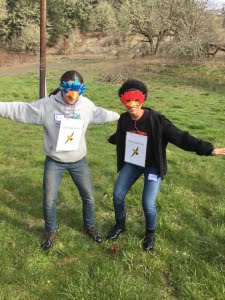

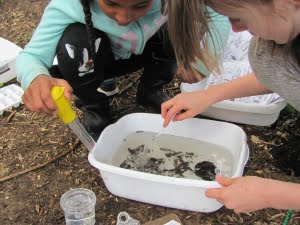
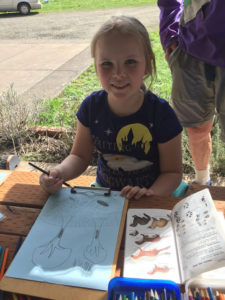
Students also took part in a bird identification station where they learned the correct way to use binoculars, and identified birds such as Steller’s jays, red tailed hawks, turkey vultures and a Cooper’s hawk. They also planted milkweed and iris to enhance bird and butterfly habitat, and got to examine real animal skins and skulls to learn about animal adaptations.
Classrooms Across Borders is part of the larger Meyer Memorial Trust Willamette River-Rio Laja Twinning Project, pairing or ‘twinning’ the Willamette River watershed with the Rio Laja watershed basin, located roughly 300 kilometers northeast of Mexico City. These watersheds share similar critical habitats such as wetlands, oak woodlands, and floodplain forests that support populations of birds migrating between the two countries. The students in Corvallis and Mexico share artwork and what they’ve learned about migrating birds and their habitats. This project is a cultural and community exchange in which ecological concerns overcome borders. Other partners in the Twinning project include Benton County Soil and Water Conservation District, the Oregon Natural Resources Conservation District (NRCS), Instituto Tecnolȯgico Superior de Irapuato (ITESI), and Cascade Pacific Resource Conservation & Development. To learn more about the Willamette-Laja Twinning Project, click here.

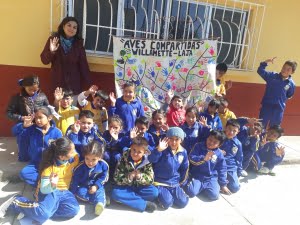

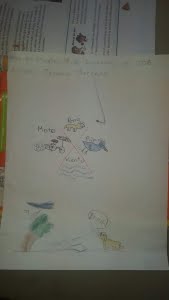
Restoration
Research
Education
Get Involved
Contact
Main Office:
4950 SW Hout Street
Corvallis, OR 97333-9598
541-753-3099
[email protected]
Southwest Office:
1202 Parkway Dr. Suite B
Santa Fe, NM 87507
(505) 490-4910
[email protected]
© 2024 Institute for Applied Ecology | Privacy Policy